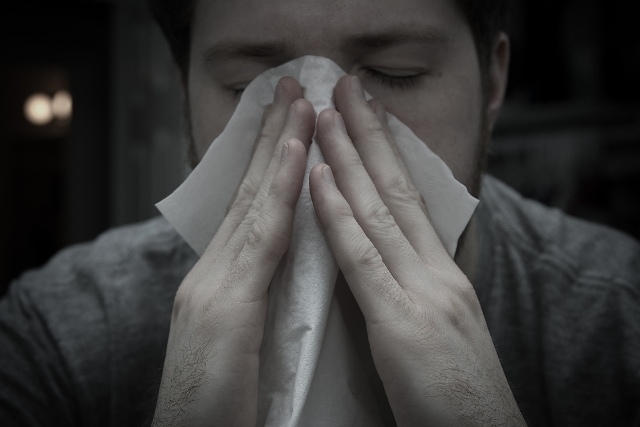The effects of indoor air pollutants are often overlooked by homeowners but are very hazardous to their short-term and long-term well-being. Some of the short-term common symptoms of indoor air pollution include coughing, fatigue, dizziness, and sneezing – the long-term effects can be even greater. Many people develop chronic illnesses from extensive indoor air pollution exposure which include asthma, respiratory infections, and lung disease.
If you’re living in damp, humid climates or have owned your home for more than 20 years you may be subject to poor air quality. Humid climates attract dust mites, bed bugs, and ticks – old homes help to foster these little pests through structural degradation and insufficient air circulation.
Over 4 million people a year die from illness attributed to household air pollutants caused by inefficient air quality and circulation when using solid fuels. With over 3 billion people still using inefficient cooking fuels and technologies such as wood, coal, and charcoal, the number of deaths occurring is no surprise.
Here are the top 5 health risks associated with poor indoor air quality:
Pneumonia
Pneumonia is caused by an inflammation of the lungs due to bacteria and virus exposure. If you’re home has poor air quality, it is unlikely that you will develop pneumonia right away, but the long-term effects may point in the direction of this condition. If you’re experiencing a heavy cough, chest pain, and fever chronically while sleeping then you may want to check your air quality.
Heart Disease
Heart disease, also known as cardiovascular disease, refers to any disease that affects the cardiovascular system. Since the 1970’s, cardiovascular mortality rates have increases exponentially in lower to middle income homes due to poor living conditions and air quality. Most heart diseases are caused by hypertension, where the heart must pump harder to achieve the same tasks as a healthy person.
Breathing hazardous chemicals, excessive CO2, and bacteria-filled air supply will cause hypertension over time. You definitely want to address your air quality if your experencing trouble breathing and stress.
Pulmonary Disease
Pulmonary disease is similar to cardiovascular disease but involves the lungs instead of the heart. Usually, exposure to second-hand smoke, solid fuels, and hazardous particles will cause this disease over time. If you’re living with a person who smokes or if you’re force to cook with solid fuels, make sure that both are conducted outside (at least 50 feet from the home).
Asthma
Asthma can be an early detection of potential chronic obstructive pulmonary disease, which is simply an obstruction of the lungs. In contrast to COPD, asthma can be improved with the administration of medication. Air flow to the lungs will improve with proper air quality and an inhaler.
Chronic Illness
Chronic illnesses are probably the most common on this list because they’re also the most noticeable short-term. If you find yourself getting sick every other week you may have a chronic illness due to the exposure of air pollutants within your home.
A great way to test this is a study of living conditions. If you are able to evacuate your home for about two weeks and live in another environment, I would suggest testing the assumption that your chronic illness is due to your personal living conditions. Not diagnosing this problem may result in some of the long-term diseases I have previously discussed.
This article was written by Brennen Kliffmueller. Brennen grew up in a household of smokers and was constantly battling the horrid scents that lingered in his home. Finally he invest in an air purifier and all of his problems were solved. He is a professional writer for BobHeinmiller AC. You can read more of his work on his Google+.



